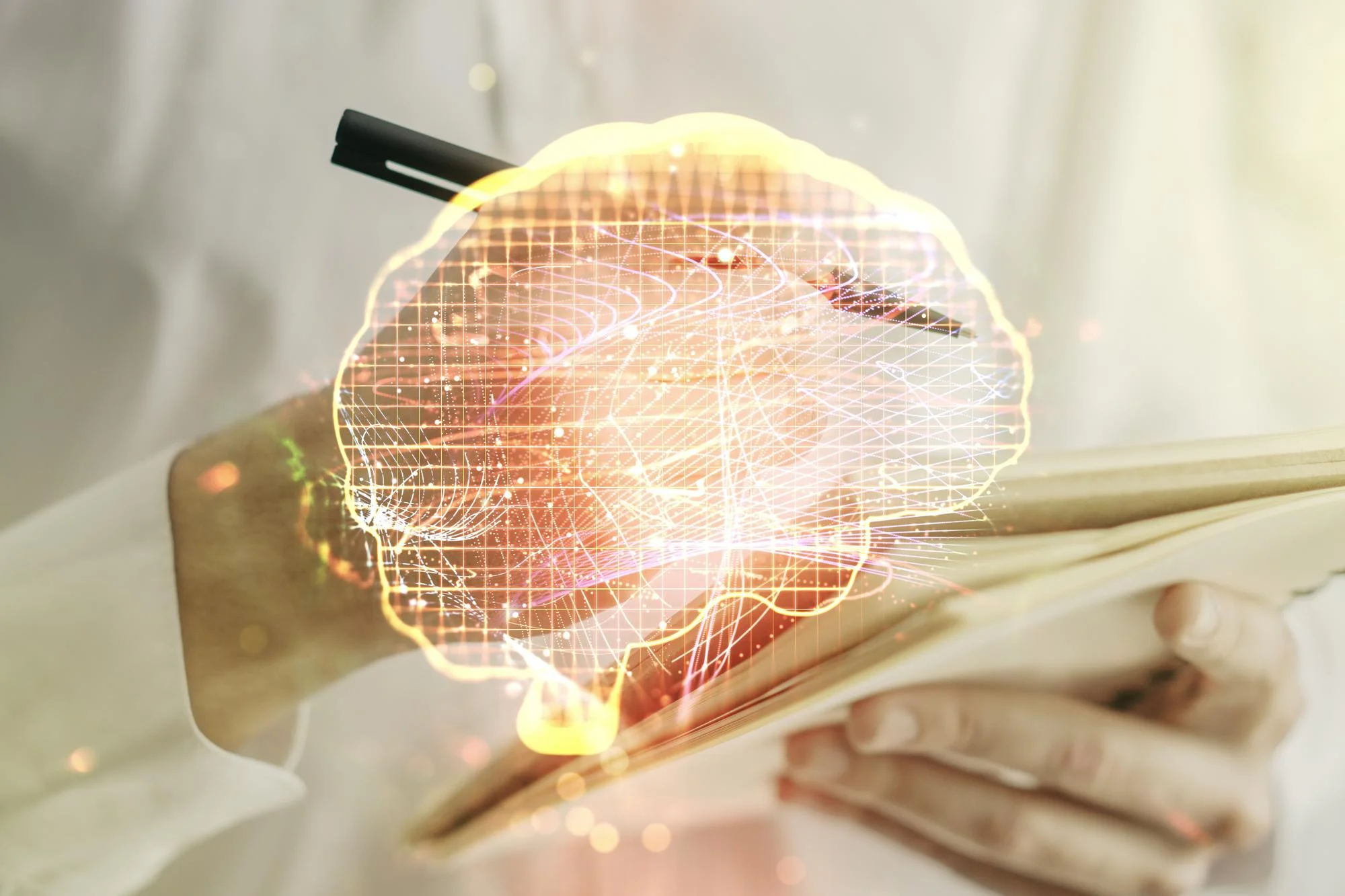Researchers at Harvard University have provided intriguing insights into how the human brain processes visual information by studying the phenomenon of Pokémon recognition. In a groundbreaking study published in ‘Nature Human Behaviour,’ Daniel D. Janini and Talia T. Konkle explore the neural underpinnings of object recognition through the lens of a childhood classic – the Pokémon franchise. This article delves into the findings of their work, reflecting a unique intersection of nostalgic pastimes and advanced neuroscience.
A Childhood Stamped onto the Brain
The visual cortex, the region of the brain responsible for processing visual information, has been a topic of intense research for decades. The Harvard study, however, approaches this area from an innovative angle. Already known is the existence of category-specific regions within the visual cortex, areas that respond preferentially to certain types of stimuli, such as faces, places, or body parts. But what about the characters from the Pokémon games that have become a staple of childhood for millions?
Pokémon, the game that swept the globe since its inception in the mid-1990s, has offered researchers a unique tool to investigate the malleability and specificity of the visual cortex. The study looks at adults who played Pokémon extensively as children and compares their brain activity to those without such experience when recognizing these iconic characters.
Results That Speak Volumes
Janini and Konkle tapped into the well of childhood gaming experiences and revealed that there is a special region in the visual cortex that activates when players see Pokémon characters, indicating that extensive engagement with this particular set of visual stimuli during childhood can lead to the creation of a dedicated neural pathway.
This finding lends credibility to the idea that the visual cortex can develop distinct processing areas not just for broad categories of objects, but also for specific, culturally-relevant stimuli encountered during critical developmental periods. The Pokémon brain region adds an exciting chapter to our understanding of how experiences shape the brain’s organization, especially during childhood when its plasticity is at a peak.
Implications of the Research
The implications of this Harvard study reach far beyond the boundaries of Pokémon games and into the broad domain of visual learning and recognition. If a set of fantastical creatures from a video game can carve out their niche in the visual cortex, what might this imply for learning environments, educational methodologies, and even rehabilitation practices?
The study raises important questions about the dynamic nature of the brain and how early experiences can have a lasting impact on neural architecture. This insight into the brain’s capacity to develop region-specific responses to visual stimuli from pop culture adds a new perspective on modern learning and memory frameworks.
Contextualizing the Findings
The research conducted by Janini and Konkle builds upon previous studies such as those by Dehaene-Lambertz, Monzalvo, and Dehaene on the acquisition of reading skills in children as well as work by Srihasam, Mandeville, Morocz, Sullivan, and Livingstone on the role of experience in shaping the primate visual system.
Moreover, Konkle herself, along with Oliva, had previously investigated the representation of visual object categories in the brain, which brings additional depth to this recent discovery. And going back to the early 2000s, the works of Hasson, Levy, Behrmann, Hendler, Malach, and others have been foundational in understanding the categorization of visual stimuli in the cortex.
Quelling Public Misconceptions
Despite the excitement around these findings, it’s essential to dispel any misunderstanding that might arise. The idea of a ‘Pokémon region’ in the brain shouldn’t be viewed as an indication that people are predestined to have specific brain areas become dedicated to all childhood interests. Instead, it exemplifies the brain’s ability to organize itself in response to intensive and repetitive visual activities during a developmental window.
Future Directions and Final Thoughts
This revelation from Harvard University opens new avenues for future research that might explore how different types of visual experiences, especially those tied to new technologies and multimedia tools, shape the human brain from childhood into adulthood.
The Harvard team has provided not just a Pokémon-sized window but a panoramic view into our brain’s fascinating capacity to mirror our personal histories and cultural involvements. This approach can lead to a better understanding of learning processes and developmental brain plasticity, and perhaps even yield strategies to harness the power of cultural icons in educational and clinical settings.
In conclusion, by leveraging the brains of adult Pokémon enthusiasts, Janini and Konkle’s research offers an unprecedented view into the malleability of the human brain, providing both nostalgic resonance for fans and vital data for the scientific community.
References
1. Janini, D. D. & Konkle, T. T. A Pokémon-sized window into the human brain. Nat Hum Behav 3, 552-553 (2019). https://doi.org/10.1038/s41562-019-0594-6
2. Gomez, J., Barnett, M. & Grill-Spector, K. Nat. Hum. Behav. https://doi.org/10.1038/s41562-019-0592-8 (2019).
3. Dehaene-Lambertz, G., Monzalvo, K. & Dehaene, S. PLoS Biol. 16, e2004103 (2018). https://doi.org/10.1371/journal.pbio.2004103
4. Srihasam, K., Mandeville, J. B., Morocz, I. A., Sullivan, K. J. & Livingstone, M. S. Neuron 73, 608–619 (2012). https://doi.org/10.1016/j.neuron.2011.12.022
5. Konkle, T. & Oliva, A. Neuron 74, 1114–1124 (2012). https://doi.org/10.1016/j.neuron.2012.04.036
Keywords
1. Pokémon Brain Research
2. Visual Cortex Development
3. Childhood Visual Experiences
4. Neural Pathways in Gaming
5. Cultural Influence on Brain Structure
